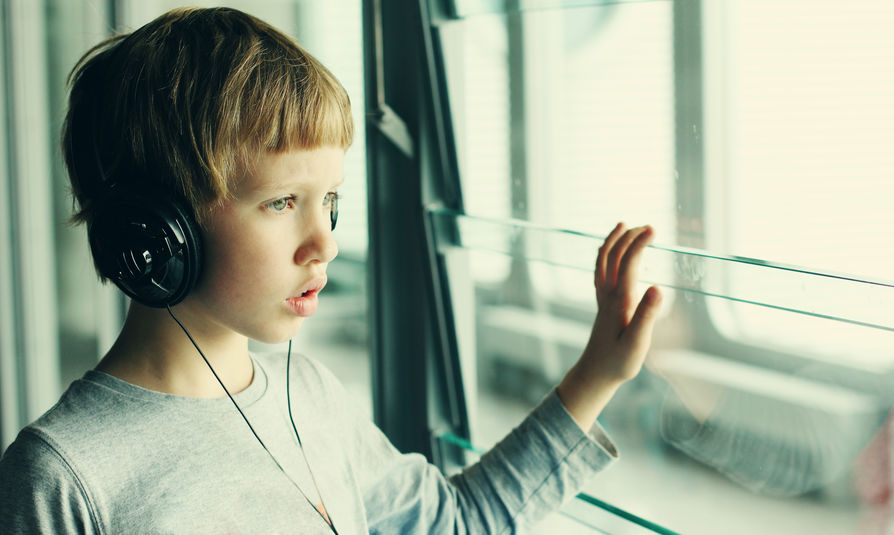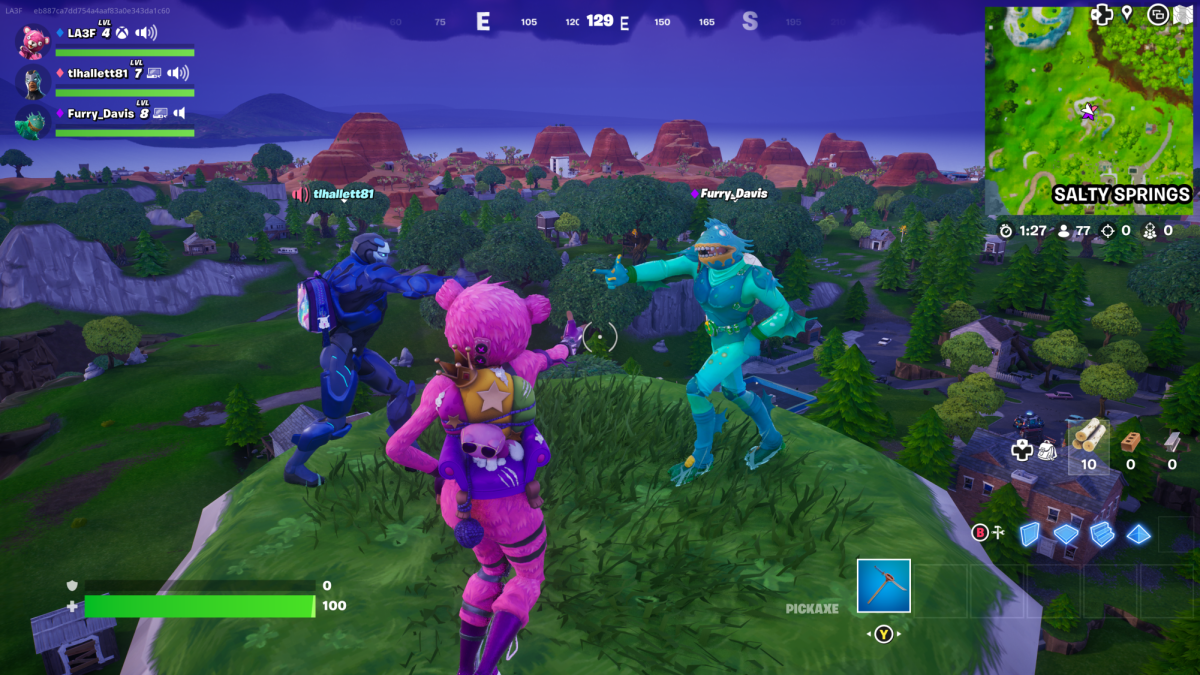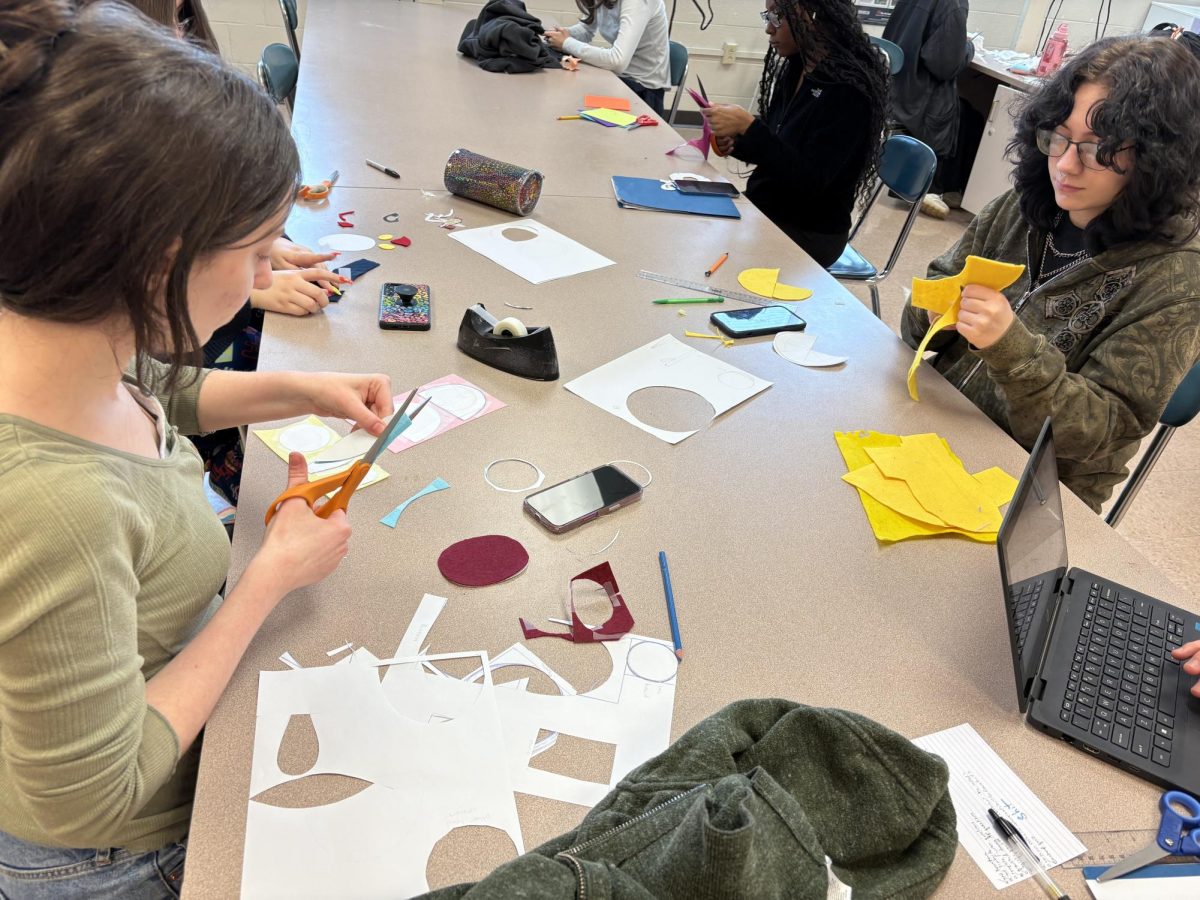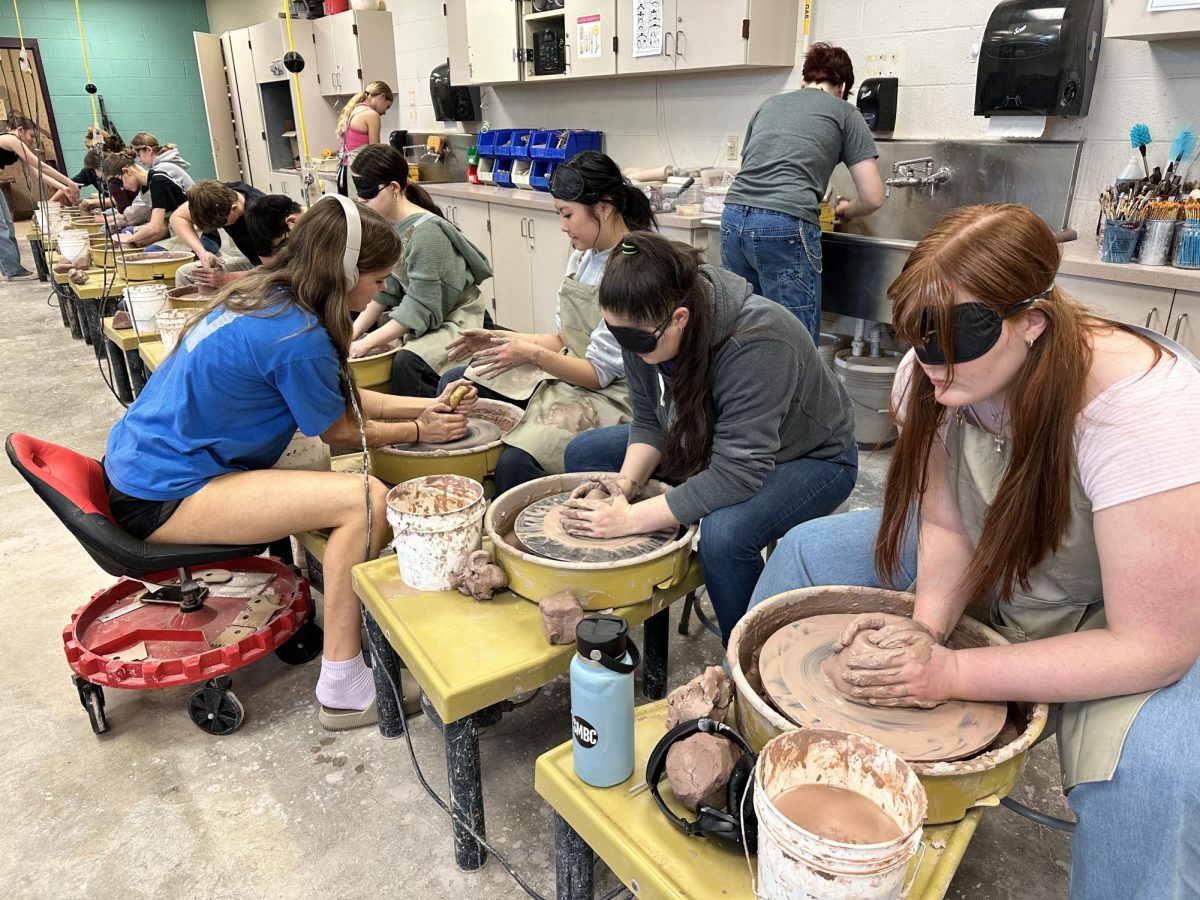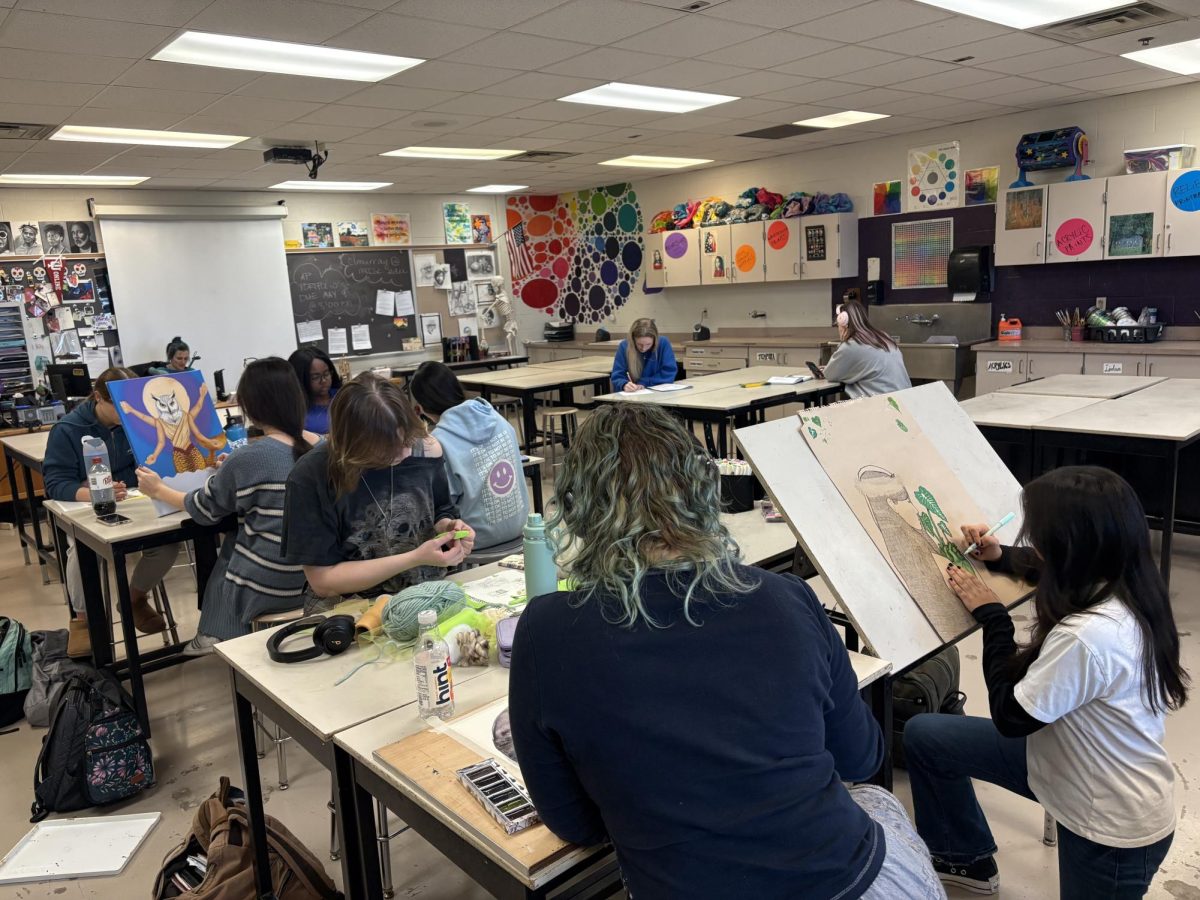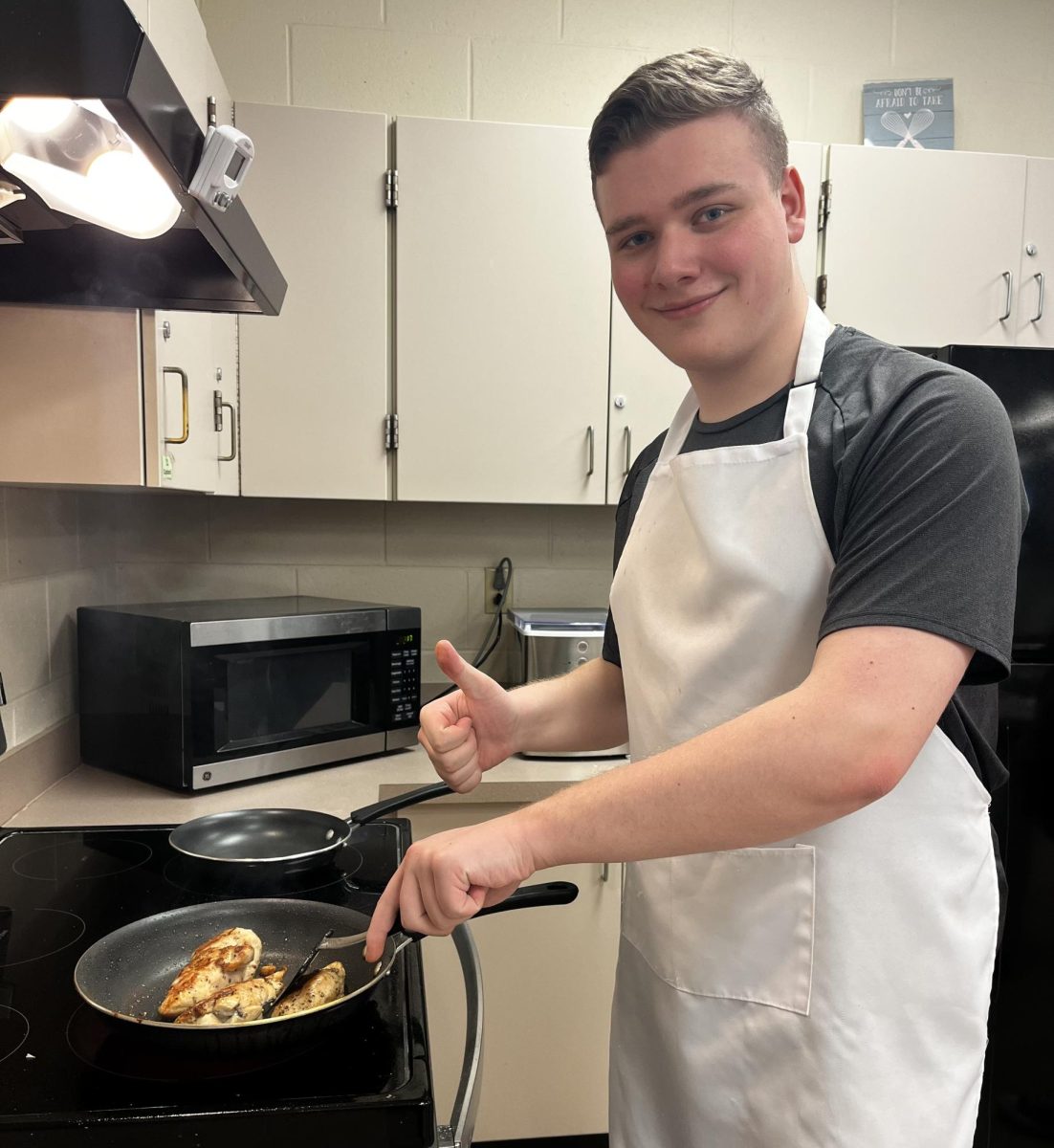IU Speech Clinic recently offered a test that will have a major impact. Held at a remote location just outside of the IU MAC Center, the test was not the SAT or ACT. Performed with good intentions, it took a lot of visual interpretations and hearing tests, but, in the end, the benefits were all for the greater cause for autism research.
Under the supervision of Indiana University Ph.D. student, Rachel Kasthurirathne, a series of tests were done to experiment how autism can affect those with certain sound and noise sensitivities, and see how the noise affects their overall way of thinking.
“Sounds like an ambulance blazing their sirens, or a fire alarm going off can trigger an autistic individual to go in fight or flight situation,” Kasthurirathne said. “We are mainly here to experiment with how kids with autism show signs to certain sounds to see how they are.”
The experiment was done in a room that was about the size of an office break room, which seemed like a great audio recording space rather than an actual testing room. Equipped with two Windows computers, along with a huge stereo speaker, there were multiple wires to connect the special headphones into the computers and Kasthurirathne’s one and only sound system. The hearing system was a small white box connected by a circuit that sent out different sounds to test.
The first test done was a simple hearing test, similar to how those would do it at the doctors’ office. As the tests proceeded, each one only got harder with each attempt. The second part of the test was hearing certain words and numbers, and simply repeating these phrases back to Kasthurirathne.
“This is to test how much someone can remember certain things,” Kasthurirathne stated, “Kids on the Autism spectrum may not remember a lot compared to other people, or they could remember a lot due to how they concentrate and think on their feet.”
For those with autism, math and science-related learning can be difficult, especially when a teacher is giving a lecture. A different pattern of thinking can sometimes cause students to doze off. This test was to see how in stressful, overwhelming, or heavily focused subject matter the brain is able to connect with what is going on otherwise.
The next test consisted of listening to hear what sounds were different, and what sounded the same, by selecting the numbers T1 or T2.
“With autism, kids are used to the same pattern, an example could be lining up certain toy cars in a single filled line across a mat,” Kasthurirathne said. “This test is here to show us what kids and teens can do when a sound or any everyday pattern can bump, or change in the blink of an eye.”
The cause of this test was to experiment with the effects of Aspergers and autism, something students, like Kasthurirathne, can major in.
“If you have the expertise and skills to do a lot of research, and you love kids. Then the choices are endless,” Kasthurirathne said., “You have to first off, be prepared to plan on getting a Ph.D., and working with kids and adults who have disabilities. [Autism is] a unique disability with a lot of different puzzle pieces.”
